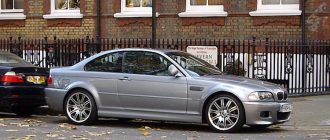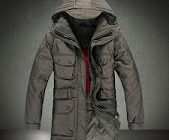German Army tents used during the Second World War were capable of withstanding different weather conditions, besides being reliable and versatile for several army operations. Read our guide for more facts and information…
Army tents have played an important role in the army life of every soldier worldwide. The army commonly uses tents as temporary sleeping quarters, dining space, security checkpoints, operating base, for tactical operations and several other purposes. They are usually made of military camouflage fabrics with waterproof and rain-resistance qualities. Besides, the roof fabric may be insulated for use in cold weather or have vents for use in hot and humid weather. The German Army used several tents such as pup tents, poncho tents and Zeltbahns.
Features of German Army tents
During the Second World War, the German armed forces issued tents that involved simple set up steps, with frame structures that formed two-man, four-man or larger tents. Smaller tents were particularly useful to provide essential temporary shelters for troops that lived and worked under field conditions. Improvisation was simple, comprising a waterproof fabric, ropes, pegs and sticks that were easy to build and disassemble. The Fleck tarn Bivi tent was a standard two-man shelter, comprising canvas sheets that can be buttoned together with a ridge, making it easy to erect.
German Army poncho tent
The poncho tent combines a tent and a rain coat, forming a one-man shelter; and provides shelter against sun, wind and rain. Made of water-repellant material, preferably in woodland green camouflage, a poncho is suitable for jungle operations. It forms a lightweight backpack, and is actually a wearable tent. When worn it is a poncho or a raincoat, and when pegged it forms a comfortable tent.
Zeltbahn shelter quarters
During the war period, the German Army used Zeltbahn, which is basically a shelter quarter. They were made in square or triangular shapes with standard dimensions and button holes. Button holes allowed them to be combined to form bigger shelters. The square version was used by Reichswehr till the early part of the 1930’s. The triangular design that replaced the square was patented under the name ‘Warei.’ It was manufactured in plain colors or different camouflage patterns, which became popular among the various branches of the German armed forces.
Shelter halves
The shelter half resembles the American design and comes in plain olive green fabric and a couple of camouflage patterns. It is a post-war shelter and each shelter-half comprises a rectangular section, wherein the short sides are not straight but designed to form triangular end sections, which in turn form the end flaps, reminiscent of the pup tent.
Uses of German Army tents
Every German soldier was issued equipment during the training period, which included the Zeltbahn tent. It serves as a multipurpose item to make different types of shelters in many sizes and for any kind of emergency situations.
German Army tents are also available as surplus items and form an excellent camping solution. Smaller tents are available as free-standing shelters, and larger ones can be pitched with guy ropes and pegs. Spring-loaded poles make instant tents. Most of the camping tents that are available today are designed based on the original military specifications, owing to their dependability and versatility.




